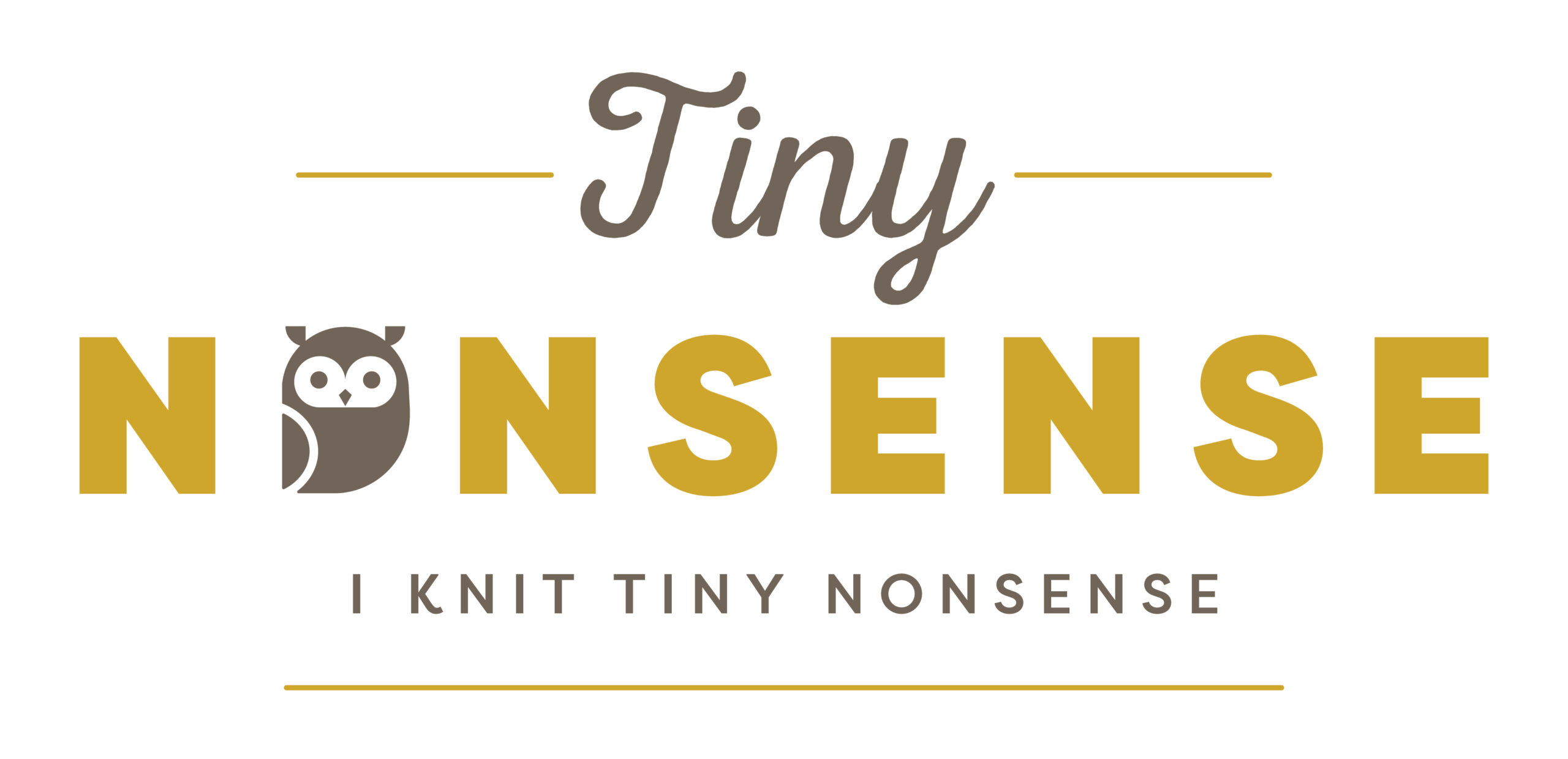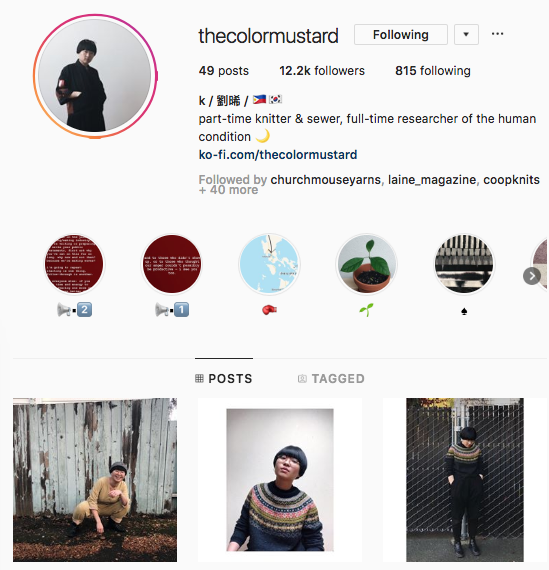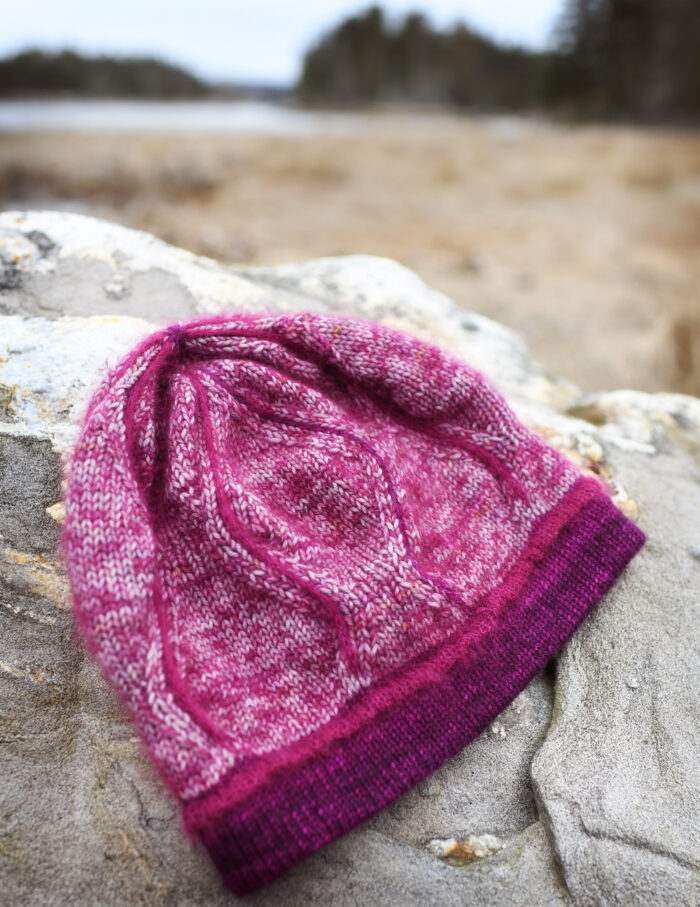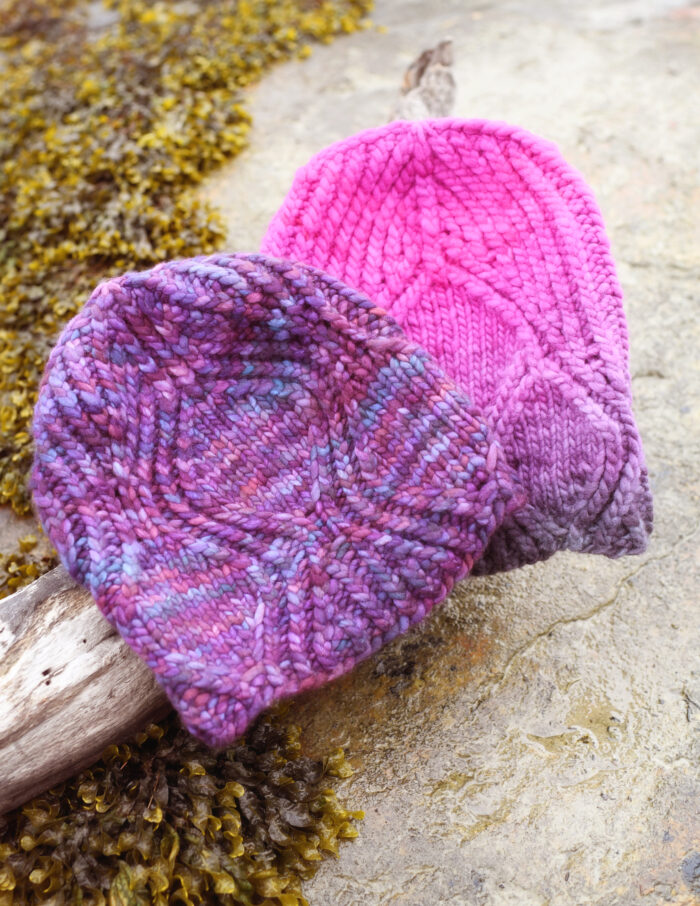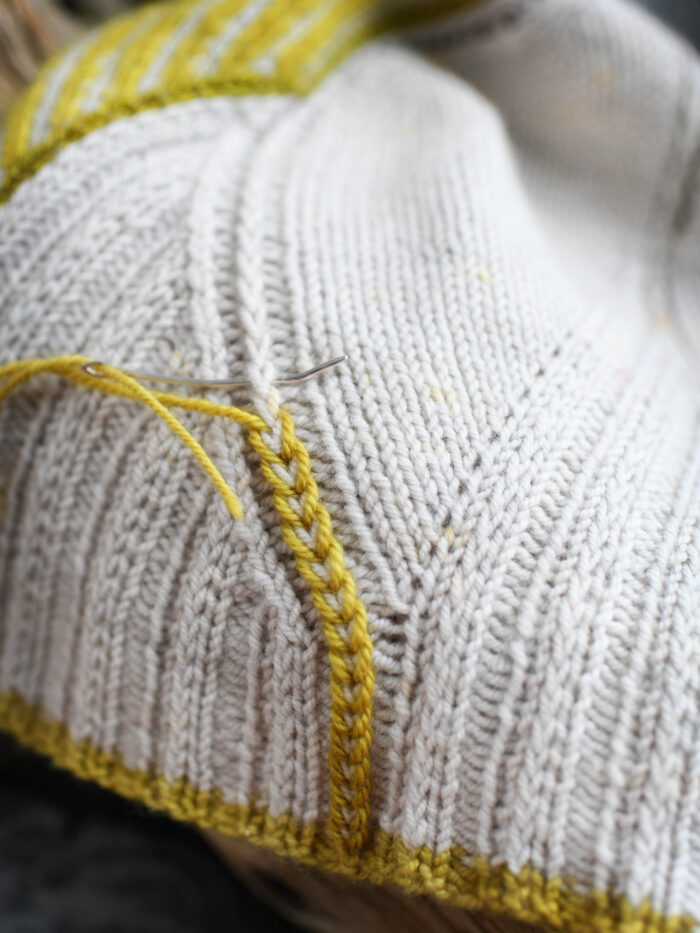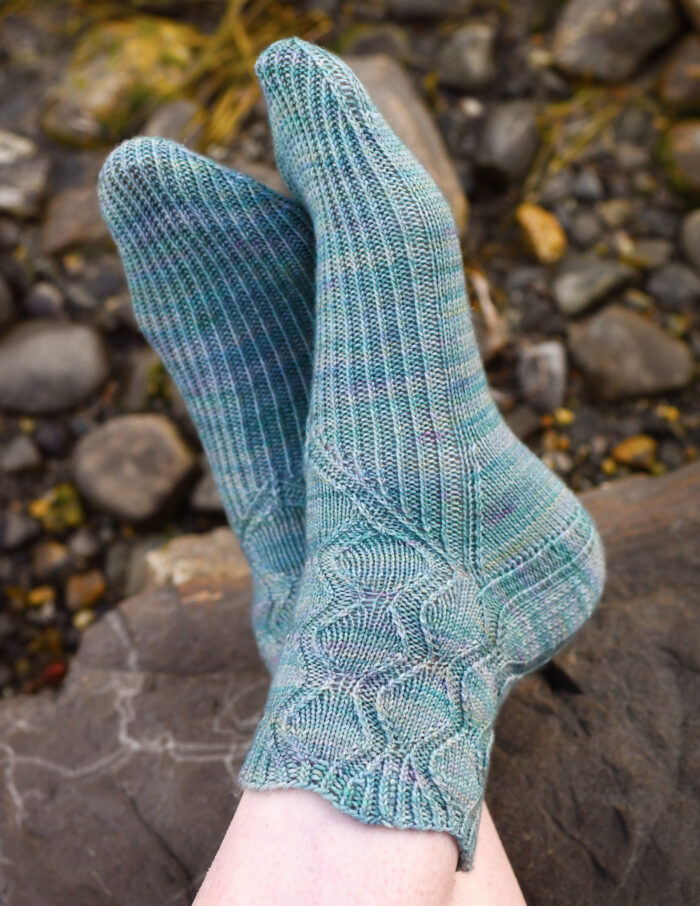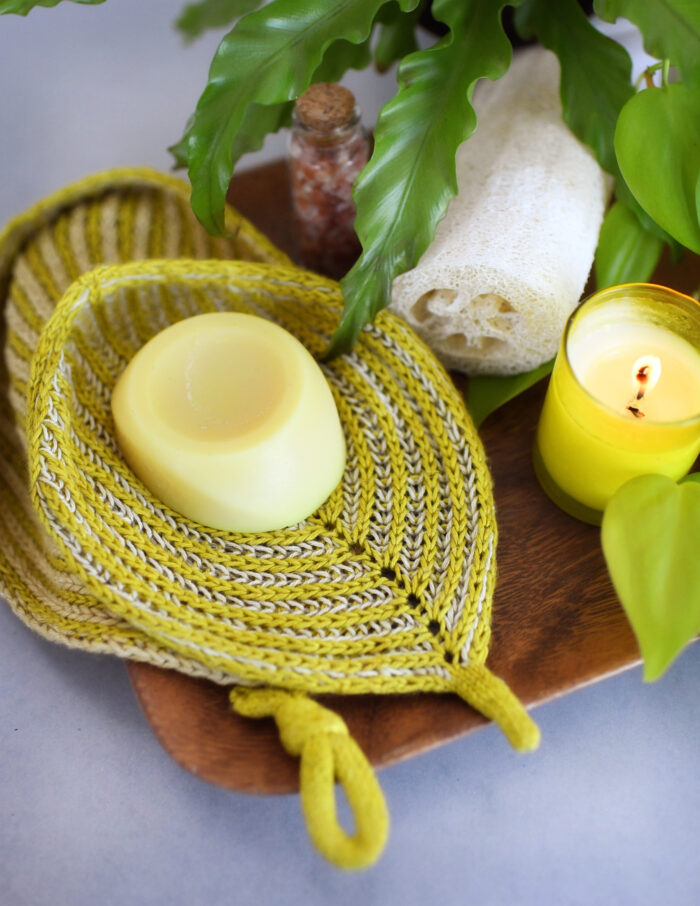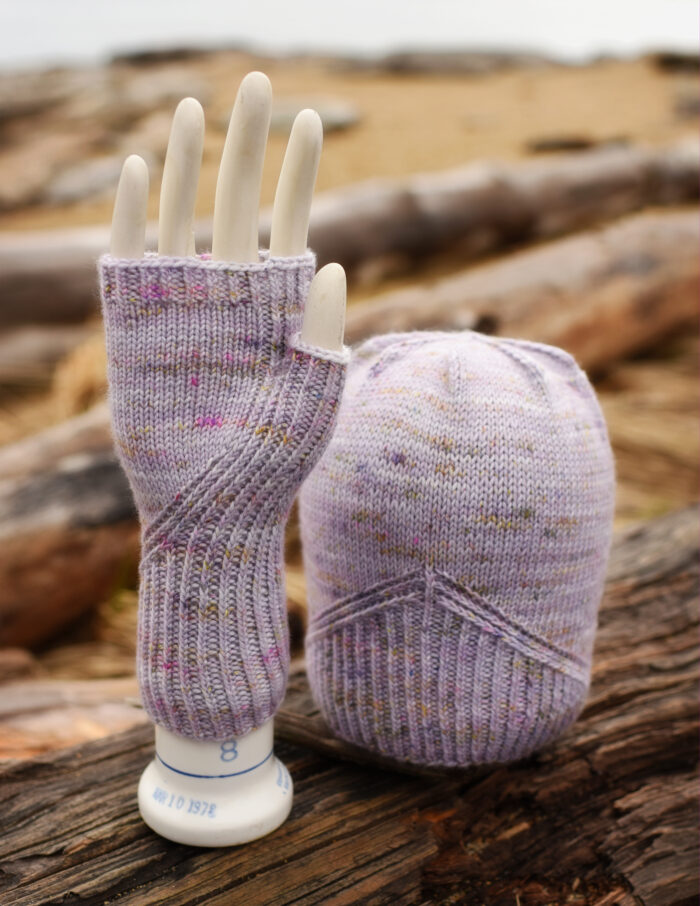Reading assignments
You know that feeling when you walk in to the middle of a conversation and you can tell there’s something really important going on and you want to know more…but you can also tell it is not the moment to interrupt and ask someone to catch you up? Yeah. That’s been knitting instagram for the last week. A massive, important, heartfelt conversation about race in the knitting community has been happening on instagram (and spilling over into twitter and ravelry and facebook and probably other places I’m not seeing it). And It’s something we should all be paying attention to.
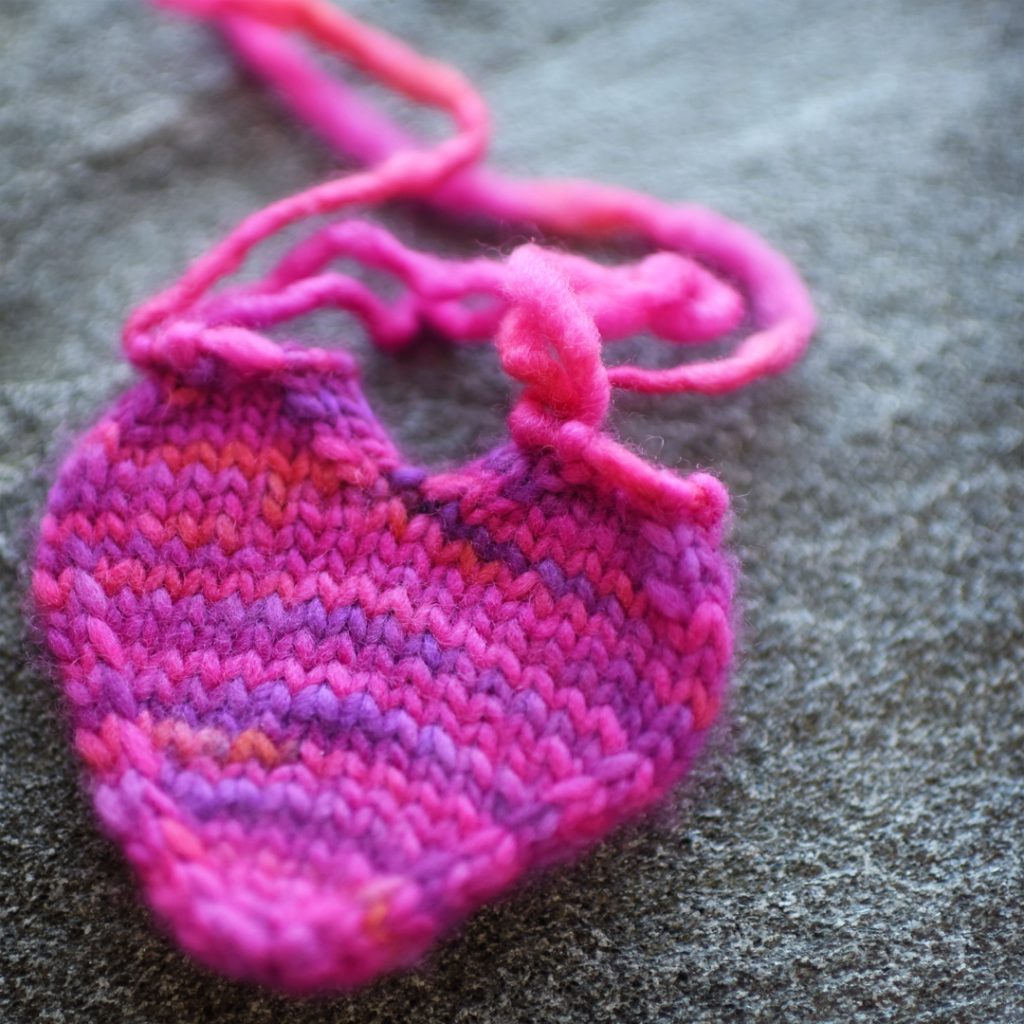
But…as nifty as instagram is, it can be a heck of a task to follow a conversation on the platform, especially if you don’t have an account or aren’t familiar with some of the finer details of the interface. So, since this isn’t really a conversation where I should be doing a lot of talking, maybe I can instead point folks to where they can find out more and do some reading and listening (pretty pretty please do a lot of reading and listening and reflecting before you start asking questions…this is one of those areas were you really do need to pay attention and do the background work before you jump in).
As background:
On January 7, Karen Templer, owner of Fringe Supply Co, wrote a post on her blog about an upcoming trip to India. The language she used and the sentiments she expressed in that post were problematic. Korina (who posts on instagram at the account thecolormustard) and Sukrita (who posts on instagram at the account su.krita) wrote about the blog post on instagram stories, and their comments led to an extensive conversation (about much more than the language used or sentiments expressed in a particular blog post) over on instagram.
Now we break for, a little primer on instagram stories, because I know not all you are on instagram, and not everyone on there uses stories:
Instagram stories are a special way to share something on instagram. They can be videos, still images, or text posts. Normally they disappear after 24 hours, but the person who posted them may decide to make them available longer by saving them. These saved stories can be grouped into collections called highlights.
The picture above is a screenshot of thecolormustard’s instagram page as it looks on my computer on January 13 (it may look a little different on a phone or at a later date). The screenshot is shared with her permission. The pink and orange circle around the profile picture in the corner means there is currently a story available. If you click on the profile picture (in instagram, not on the picture above), you’ll see the story. The circles below the profile text are highlights. If you click on of one them (again, in instagram, not on the picture above), it will start to play.
During any story or highlight, you can click and hold with your mouse (on a computer) or tap and hold with your finger (on your phone) to pause the story. This can be useful if there is a lot of text on the screen and you need to pause to read it. Many stories or highlights have more than one image or video, and if they do, you can click the forward or back arrows on the screen or on your keyboard (on a computer) or tap on the far right or left edges of your screen (on a phone) to move forward and back.
Also, while you can see the pictures and captions people create if you look at instagram on your computer without an account, you can’t watch stories or highlights without having an account. It’s worth setting up an account to learn more about this, even if you don’t generally want to be on instagram.
And finally, if people don’t have first and last names shown on their profiles or at the page linked in their profiles, I’ll use either the name they do list (if it’s just a first name), or their instagram user name to refer to them.
Now back to the conversation at hand:
I first became aware of this discussion because of information Kate O’Sullivan (on instagram as kateo_sullivan), Ysolda Teague (on instagram as ysolda), and Clara Parkes (on instagram as claraparkes) shared on their stories (hopefully by the time you’re done reading some of the things I’m recommending you go read, you’ll see why it’s lousy that they had to say it before I heard it). They were bringing attention to things that knitters of color were saying on their own instagram accounts. Things that are important. Things that it takes a lot of time and energy to share. Things that are hard and scary to say. Things that some people will be really horrible about. They did a huge amount of work sharing those things…and you should take some time out of your day and read them…even though some them will probably make you feel pretty crummy.
Start with thecolormustard’s highlights (first the one that has a little bullhorn icon next to the number 1, then the bullhorn icon next to the number 2). Then go read Sukrita’s (on instagram as su.krita) highlights (start with the one called Racist knitters for some first-hand account of the experiences people of color have had in yarn stores and other knitting spaces, and then read the one called KT stuff for some discussion of the Karen’s blog post and the larger issues at play).
Deep breath. Keep going. Head over to Grace Anna Farrow’s page (on instagram as astitchtowear) and read her words (start with the one called ATTN KNITTERS, then look at the ones called Privilege). Now go see what Ocean Rose has to say (on instagram as ocean_bythesea) (look at the highlight called Diversity). Now go read what Weichien (on instagram as the petiteknitter) has written (look at the highlight called bipoc, that’s an abbreviation for black, indigenous, and people of color, and you’ll see it a lot in the things I’m asking you to read). Read what Amiée (on instagram as labienamiee) wrote (start with the highlight called #diverseknitty). Now go see what Tina Tse (tina.say.knits on instagram) has shared (start with the highlight called Please Read).
Still with me? Good. Want to read more? Even better. Start clicking through to some of the other voices that are shared in the stories I linked to. This is an ongoing conversation and there will be more things written between when I post this and when you read it. There’s enough there to keep you reading for days. And if you want a little break here and there and just want to look at some yarn and knitting (because this is heavy stuff…you very well might) how about go check out Heidi Wang (on instagram as booksandcables) or Marceline (on instagram as heybrownberry) and their delightful and growing lists of dyers, designers, and other fiber folks of color.
What’s next:
Well next is more reading, more listening, more thinking. Down the road, maybe some talking. But take some time before you jump in. And maybe first consider a few suggestions…
First, someone is reading this and thinking ‘what? but Karen didn’t mean it that way!’ or ‘but I’ve said something like that and I didn’t mean anything by it!’ And that could very well be true! But the result of someone’s speech or actions matters too, not just the intent (something Karen herself points out in her reaction to her initial blog post). If I spill my drink all over you, you might care whether or not I intended to do it, but you definitely care that you’re standing there with hot tea on your pants. So if your first thought is that intentions are all that matter, keep thinking.
If your next thought is ‘don’t be so sensitive’ or ‘you’re imagining it’ or ‘that sucks but you don’t have to be so mean about it’ then go read some more of the first-hand accounts that people are taking time to share with you. They’re not imagining it. They’re dealing with it all the time, and it is exhausting and infuriating and they don’t have to express themselves in ways that make you comfortable for their complaints to be valid. Listen when they take time to tell you about what’s happening.
If you’re about to say ‘but knitting is my happy place, it’s where I go to get away from it all’ or ‘why does everything have to be so political’ then the same things applies. You need to hear what other people are saying. They’re telling you that your happy place isn’t a safe, welcoming, happy place for them. That’s lousy…and not something you should be ok with.
Finally, if you find yourself wanting to send messages to any of the folks I’ve linked to or the folks talking about this (especially if what you want to argue with them or ask them to somehow absolve you or make you feel better), take a moment and think about how many messages they’re getting and what those messages are saying and how much time they’ve spent dealing with this over the last week. If you’re going to ask someone to prove racism exists or to justify their feelings to you…don’t. Try doing some further exploration on your own (some books I’ve found very helpful are Why I’m No Longer Talking To White People About Race by Reni Eddo-Lodge and So You Want To Talk About Race by Ijeoma Oluo). And if you want to say thanks that’s great…do that, but maybe also consider buying their patterns or yarn or sending them a donation through a service like ko-fi (lots of them have their ko-fi links in their instagram profiles). They’ve spent a lot of time doing hard work this week, and that’s a fine way to say thank you.
Final note:
Comments are being moderated on this post. That means you can leave one, but it won’t be made public until I have a chance to read it. I’ve seen a lot of really nasty things the last few days, and I’m going to do my best to make sure there’s not more of that here.
Editing to add:
This afternoon I saw that ravelry was opening up a space to talk about this on their site. If you’re not on instagram and can’t or won’t make an account to read more about this on ig, maybe some of the discussion happening on ravelry will be useful. Start reading here.
Mailing List
Want to hear when a new pattern comes out or something fun is going on? Sign up below!
Patreon
Want to support the content I create, get nifty bonus material for some of my favorite patterns, or get every new release delivered right to your inbox? Head over to patreon and sign up!
